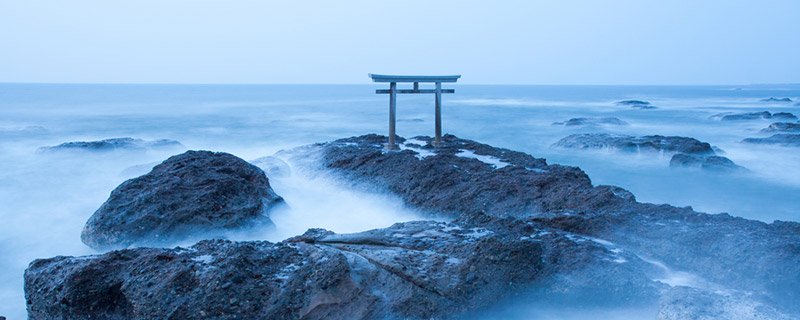Climate

The climate in Japan varies depending on the region. Although the entire country experiences the four seasons — winter, spring, summer and autumn — some parts may be warmer or colder or more humid than others at certain times of the year.
Overview
There are two things that affect the climate of Japan: the two primary ocean currents that surround the country and the proximity to mainland Asia.
The Kuroshio Current, also called the Japan Current or Black Current, carries tropical waters northwards in the western portion of the North Pacific Ocean.
Meanwhile, the Oyashio Current, also called the Okhotsk Current or Parent Current, is an ocean current characterised by cold waters flowing southwards from the Arctic Sea. These two currents meet at the 36º north latitude point, an area known to have an abundance of fish and other marine life.
The Japanese archipelago is divided into six distinct climatic zones. From south to north, they are the
- Ryukyu Islands – The climate in this part of Japan varies from that of a tropical rainforest with a very hot summer and warm winter months in the south, to subtropical with high humidity in the northern areas. Its rainy season includes typhoons.
- Pacific Ocean – This portion of Japan experiences hot and humid summers with high precipitation, especially in the northern regions. During winter, temperatures are mild and the days are quite sunny.
- Seto Inland Sea – Because of the high mountains that surround it, blocking the southeast seasonal winds, this region enjoys nice weather for much of the year.
- Central Highland – This region consists of some inland areas of the country, where temperatures may vary dramatically throughout the year. Also, because of the effect known as rain shadowing, its precipitation levels are lower in comparison to the coastal areas.
- Sea of Japan – The northwest seasonal winds produce large volumes of snowfall during the winter in this part of Japan. During the summer, it is extremely hot with only a few rainy days.
- Hokkaido – The northernmost island of Japan, Hokkaido’s climate features cool summer months and long, dark, cold winters.
Monthly Temperature Averages in Some Major Japanese Cities (all temperatures ºC)
| Fukuoka | Osaka | Tokyo | Sapporo | |||||
| Min. | Max. | Min. | Max. | Min. | Max. | Min. | Max. | |
| WINTER | ||||||||
| December | 5 | 13 | 5 | 12 | 5 | 12 | -4 | 2 |
| January | 3 | 10 | 3 | 9 | 2 | 10 | -8 | -1 |
| February | 4 | 11 | 3 | 9 | 2 | 10 | -7 | 0 |
| SPRING | ||||||||
| March | 6 | 14 | 5 | 13 | 5 | 13 | -4 | 4 |
| April | 11 | 19 | 11 | 20 | 11 | 18 | 3 | 11 |
| May | 15 | 24 | 15 | 24 | 15 | 23 | 8 | 17 |
| SUMMER | ||||||||
| June | 19 | 27 | 20 | 27 | 19 | 25 | 12 | 21 |
| July | 24 | 31 | 24 | 31 | 23 | 29 | 17 | 25 |
| August | 25 | 32 | 25 | 33 | 24 | 31 | 19 | 26 |
| AUTUMN | ||||||||
| September | 21 | 28 | 21 | 29 | 21 | 27 | 14 | 22 |
| October | 15 | 23 | 15 | 23 | 15 | 22 | 7 | 16 |
| November | 10 | 18 | 10 | 17 | 10 | 17 | 1 | 8 |
Wet Weather and Typhoons
In Japan, the rainy season begins in early June and ends around halfway through July in most regions, while it starts in May in the Okinawa Islands. Only Hokkaido, Japan’s northernmost island, remains reasonably unaffected.
However, the rainy season in Japan does not automatically mean daily downpours. During this period, the amount of rainfall may vary from a light sprinkle to a heavy shower, and rainy days may occur only a few times a week.
Generally, the rainy season is a low tourist season in Japan. Various attractions and sights have fewer crowds, so travellers who are averse to masses of people should consider going to the country during this time.
With the appropriate gear, such as waterproof coats, boots and umbrellas, exploring the shrines, temples, parks, and gardens in the rain can be a unique experience as these sites can be stunningly picturesque in this type of weather.












